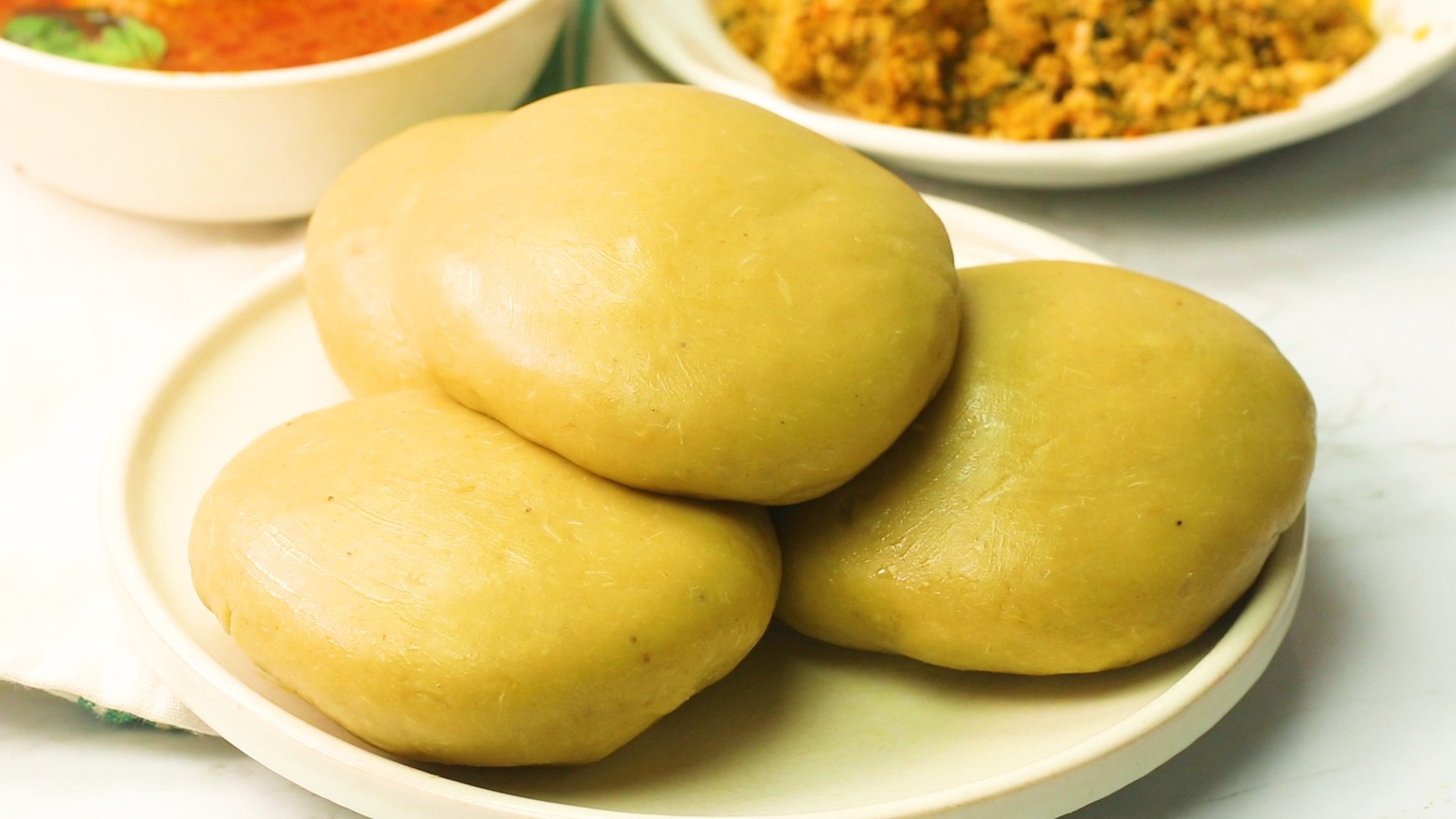Ghanaian Funerals and the Culinary Tradition of Fufu and Light Soup
The modern-day nation of Ghana encompasses several diverse tribes, each holding village ancestors and the deceased in high regard. Funerals in Ghana are a crucial element of paying respects to the departed, and planning and executing each funeral can span weeks or even months. The selection of the "chief mourner" alone can take several weeks.
Ghanaians' perspectives on death and the afterlife are influenced by their religious beliefs, with the majority of the population practicing Christianity (72 percent) and Islam (17.6 percent). While only 5.2 percent identify with indigenous African religions as their primary spirituality, traditional African religious practices still play a significant role in nearly all funeral ceremonies in Ghana.
Ghanaian Funeral Program & Traditions
Ghana is home to several distinct cultures, including the Ashanti, Mole-Dagbon, and Fante tribes. Despite their differences, they share common funeral rites, each emphasizing unique aspects of the ceremony.
In many Ghanaian cultures, funerals hold great significance within the community, with services occurring nearly every week. When someone passes away, Ghanaians often formally announce the death through written letters or email bulletins.
Funeral services are typically multi-stage affairs spanning a week or more, with the main festivities occurring on Saturday mornings after the burial.
Ashanti Funerals
The Ashanti tribe, comprising about half of Ghana's population, places great importance on an individual's death and funeral as a communal event. Families take an active role in preparing the deceased before and after death.
The central funeral celebrations commence after the burial, with family, friends, and acquaintances gathering to commemorate the soul's journey to Okra, the ancestral world. Once in Okra, the departed soul becomes a revered protective spirit, often drawing hundreds of attendees. Ashanti chiefs observe the festivities from beneath colorful umbrellas, while family members wear red and black attire, and men don large black cloths across their shoulders. Traditional greetings precede lively dances.
Mole-Dagbon Funerals
The Dagomba people, part of the Mole-Dagbon tribe that resides across six West African countries, including Ghana, have unique funeral customs influenced by chieftaincy and familial connections. Islamic themes are present in Dagomba funerals due to the tribe's association with Islam, but traditional African spirituality remains integral.
Dagomba culture maintains a connection with the afterlife through its ancestors, believing they perpetually observe the living. At a Dagomba funeral, it's common to assume that the deceased is watching the proceedings.
Fante Funerals
The Fante tribe, primarily along Ghana's coast, practices matrilineal tradition, where a person's family lineage comes from their mother's side. Only members of one's maternal lineage are considered immediate family. This contrasts with Western funerals, where spouses and children hold central roles.
The scale of a Fante funeral correlates with the deceased's community respect. To demonstrate love for the departed, families often host extended and opulent funerals. Theatrical shows with amplified music may take precedence over traditional drums to create a more impressive ceremony.
Ghanaian Funerals in the United States
Ghanaian funerals have transcended African borders, with thriving immigrant communities in the United States adopting West African funeral rites. American-Ghanaian funerals follow the Ghanaian tradition of announcing the death to relatives and friends and are typically held on Saturdays. However, adaptations, such as conducting all steps in one day, are made to accommodate modern life. Funerals in the United States may also be held in the evening instead of the morning, as is traditional in Ghana.
Musical Traditions and Funeral Colors
Traditional music, often played on talking drums, plays a central role in many West African cultures, including Ghana. These drums not only entertain but also convey stories, including tales of death and the journey to the afterlife. Religious beliefs in Ghana, including Christianity and Islam, influence the presence of gospel hymns and religious songs at funerals.
Ghanaian funeral attendees traditionally wear formal black and white clothing to symbolize gratitude to God and the conclusion of mourning. Immediate family members of the deceased, particularly in the Ashanti culture, distinguish themselves by wearing red and black attire. Chiefs wear traditional garments and sit under elaborate umbrellas to oversee the proceedings.
One-Week Celebrations and Fantasy Caskets
Ghanaian funerals, traditionally held on Saturdays, often include multiple funerals occurring on the same day. Additionally, there are several days of mourning throughout the year, starting with the one-week celebration after a person's death. The length of body storage, sometimes extended using modern refrigeration, correlates with the funeral's grandeur.
One-week celebrations are less elaborate than the main funeral but still significant. Ghanaian funerals are renowned for their fantasy caskets, where professional artisans carve and paint coffins in the likeness of items beloved by the deceased. This tradition adds a unique and personal touch to the farewell.
Ghanaian Funeral Food
Funerals often included a buffet that has fufu with different ‘colours’ of soups, tuo zafi, ampesi, jollof, banku, assorted meats and many more. These foods are usually accompanied by strong assorted alcoholic beverages. As in all manner of things, the nature of the meals is also meant to make a statement about how resourceful the family is.
Ghanaian Funeral Etiquette
If attending a Ghanaian funeral, it's essential to understand the culture's funeral etiquette. This includes adhering to traditional dress codes, offering donations, and considering the family's religious and spiritual beliefs when offering condolences.
In conclusion, Ghanaian funeral traditions provide a rich tapestry of customs and beliefs surrounding life, death, and the afterlife, with cultural diversity coexisting alongside shared elements that highlight the communal nature of these events.
Fufu Unveiled: A Rooty Delight
Fufu, derived from cassava, a starchy root vegetable also known as yuca, is a versatile West African dish with a unique twist. While cassava may seem familiar, it transforms into a smooth, doughy, and elastic concoction when made into fufu. Traditionally, fufu originated from cassava but has since expanded its horizons to include other "swallow foods" like eba, plantains, amala, cocoyam, corn, pounded yam, semolina, and more.
How to Craft Fufu
Peel the cassava using a potato peeler or knife.
Cut the peeled tuber into small cubes for blender processing.
Blend until achieving a smooth batter.
Transfer the blend to a pot and stir vigorously until fufu reaches a thick, semi-solid paste consistency.
To maintain its moisture and prevent crust formation, shape the ready fufu into small balls and individually wrap them in plastic.
How to Savor Fufu
Eating fufu is an art in itself. Pinch a small portion, mold it into an oval ball, and create an indentation. Use this hollow to scoop up soup or stew. Here's the twist: swallow it whole—no chewing required! Though the initial urge to chew might arise, practice makes perfect when it comes to swallowing fufu.
In the realm of tradition, hand-washing is a prerequisite before indulging in any swallow food. Cutlery is unnecessary as long as the hand-washing ritual is observed. Nigerians traditionally dine with their right hand, even if they are left-handed. So, when enjoying fufu in the company of Nigerian friends or at a traditional Nigerian restaurant, remember to keep it right!
Foofoo aka Swallow Food
Swallow foods bear resemblance to America's mashed potatoes but with a distinctive texture. Their unique texture allows for easy consumption by hand, with a right-hand-only rule, and they go down without the need for chewing.
To savor fufu, simply cut a morsel from the meal, create an indentation with your thumb, scoop up some stew or soup, and swallow!

Fufu and Light Soup
Ingredients
Instructions
- Start by boiling the mushrooms in four cups of water at medium heat
- When the pot comes to a boil, add in your fresh tomatoes, onion, ginger and scotch bonnet pepper
- Let this boil at medium heat till the skins start to peel off the tomatoes
- Blend the tomatoes, ginger, onion and pepper with 2 cups of water till smooth
- Pour the blended mixture into the pot and bring to a boil
- Once the soup is boiling, add in your tomato paste, miso, dawa dawa, better than bouillon paste and coconut oil
- Let the soup boil for 35 minutes at medium low till the soup thickens, there is no foam and the oil has fully settled to the top
- Serve with rice or Fufu
- Peel the cassava, slice the tuber half lengthwise, remove the inner wooden core, and dice the potatoes into small cubes.
- Peel the plantain and cut it into small cubes
- Add everything inside the blender and blend till a smooth batter is formed.
- Pour the batter into a pot, place it on the stovetop over medium heat and begin stirring until a thick, paste-like doughy fufu is formed.
- Add a splash of water, cover, and leave to cook for 5 minutes on low to medium heat. Feel free to cook a little longer if you feel the fufu is not yet cooked. Stir well.
- Divide the fufu into individual sizes and wrap each with plastic wrap.
- Serve with your desired soup or stew.
- Peel the cassava, slice the tuber half lengthwise, remove the inner wooden core, and dice the potatoes into small cubes.
- Peel the plantain and cut it into small cubes
- Add everything inside the blender and blend till a smooth batter is formed.
- Pour the batter inside a safe microwave bowl, cover with a microwave-safe lid. Place in the microwave for 5 minutes.
- Stir well until smooth
- Add a splash of water and return inside the microwave to cook till fully done—about 5 to 8 minutes.
- Stir again, divide into individual sizes and wrap each with plastic wrap.
- Serve with your desired soup or stew.
Sources
Death and mourning in Ghana: how gender shapes the rituals of the Akan people
Making Ghana-style Microwave Fufu, Parts 1 and 2
Funerals for the Living: Conversations with Elderly People in Kwahu, Ghana
Recipes from around the world: Fufu and Light Soup
What is fufu? How to make the West African staple trending on TikTok


